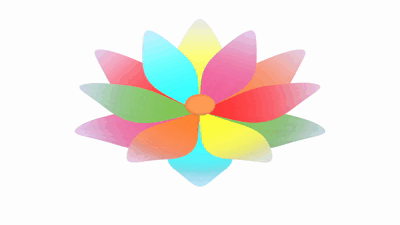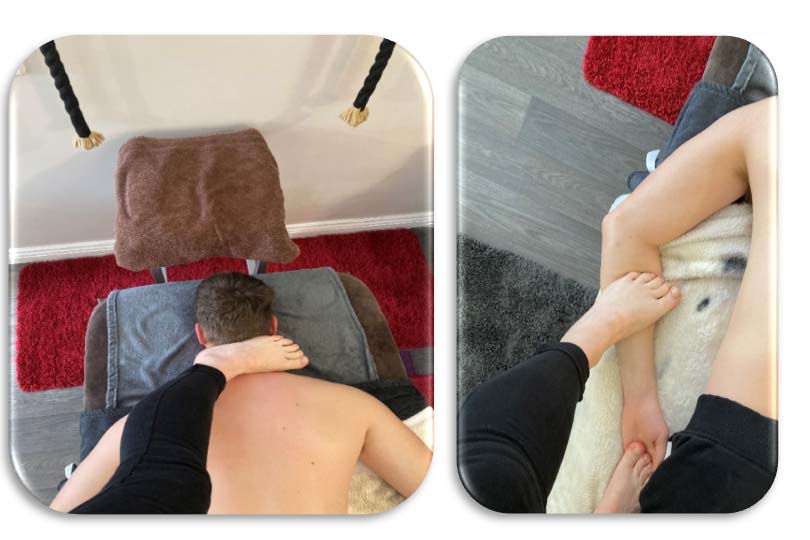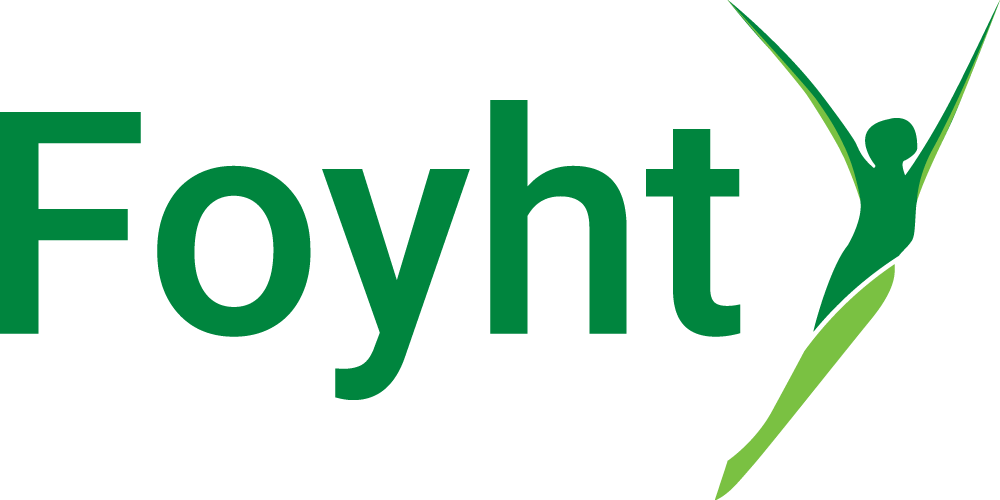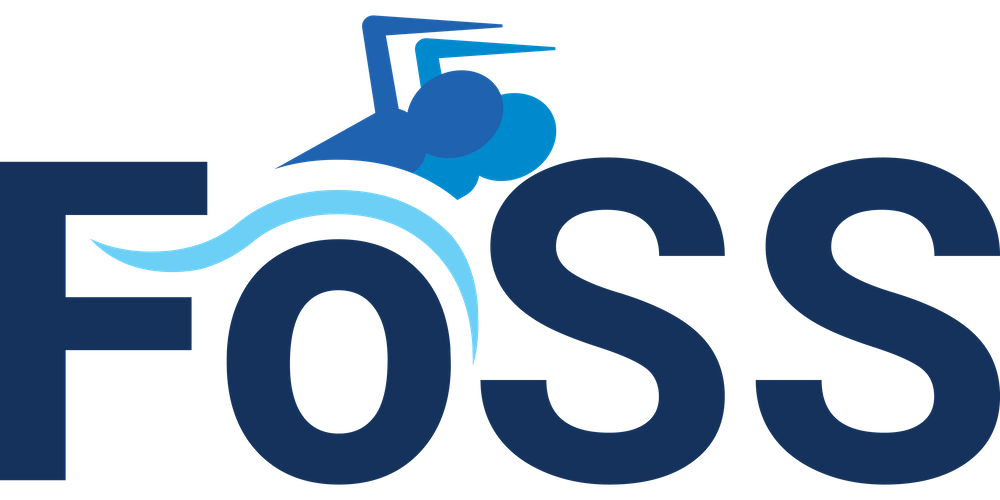What is Ashiatsu?
This is a question familiar to the few people who at present practice it. This massage modality that I have perfected to have 3 different types of therapy included in 1 treatment is now in Britain, Lithuania, and Ireland. Ashiatsu is a barefoot massage technique with its roots crossing many countries in Asia and other countries in the Far East. Massage using the feet as well as the hands has been commonplace for hundreds if not thousands of years in countries as diverse as India, Thailand, and Japan. It allows the therapist to use gravitational force to apply deeper pressure to relax muscle tension and achieve a smooth gentle flow to help the client relax mind and body therefore balancing the body as a whole. With the foot being stronger and broader and using gravitational force, the applied pressure can be withheld for longer periods. It also throws myofascial stretching into the mix to relax and stretch contracted muscles.
Ashiatsu massage is different in application.
In Japanese, “ashi” means foot, and “atsu” means pressure, and as such, the technique implements pressure, through the feet. Barefoot massage dates back centuries. It’s believed that it was first developed in Kerala, India 2000 years ago by practitioners of martial arts and used as part of their training to increase flexibility and to increase recovery time from injuries. Throughout the centuries many forms of ancient barefoot massage have evolved and spread all over the world.
Traditional Western techniques such as Swedish and Sports massage use hands, arms, and elbows to perform the treatment which while beneficial to the client in a therapeutic sense can be uncomfortable to receive and can take a lot physically out of the therapist. Ashiatsu is essentially a western adaptation of these long practiced eastern techniques performed mainly using the therapists’ feet on a massage couch with ropes or bars over the couch to support and control how much pressure is applied. This means that while the massage can be deep tissue if required, it can also be adjusted to a lighter style treatment if the client is smaller, their body cannot cope with deep tissue or wishes a more relaxing experience.


Deep compression massage does not break blood vessels. So, there is little to no bruising. The client does not experience the same pain as with traditional deep tissue massage. The softer but deeper application of the barefoot massage is a nice benefit. Instead of the use of elbows and thumbs which feel like sharp tools. The barefoot massage does not damage the superficial tissues. Deep tissue massage is rough on the therapist’s hands and body whereas Ashiatsu massage is much more comfortable for both the therapist and the client.
What can Ashiatsu help with?
Reduces Chronic Pain
Deep tissue massage has long been effective in pain reduction. It manipulates the deeper layers of soft tissue so it relieves muscle tension. It does this by loosening tight muscles. It increases the circulation that flushes out inflammation that causes pain. The compressive strokes of Ashiatsu loosen adhesions and releases the connective tissues. Adhesions and tight connective tissues create much of our discomfort. With Ashiatsu alignments go back into place.
It can also aid sleep problems far better than that of traditional massage.
Reduces Stress
Thus, the clients float out of the treatment room. This type of massage puts them in a deeper state of relaxation which in turn relieves stress. In fact, the application of Ashiatsu enhances the state of nirvana. The client experiences a whole new level of calm. Massage reduces cortisol levels and has a positive effect on diastolic blood pressure which has been well documented in many studies. The lowering of both heart rate and cortisol benefit the health and wellness of the client.
Stimulates Lymphatic Nervous System
Thanks to the long strokes with the feet that go from almost head to toe, Ashiatsu stimulates the lymphatic and parasympathetic nervous system, meaning that it creates a sense of wellbeing and improvement in clients.
The centrifugal (moving away from the centre), movements that the therapist does with the feet increases the circulation, bringing better oxygenation to the treated area, as to release toxins faster.
Ashiatsu stands out
Having been a therapist for more than 25 years using many different types of treatments on my clients I have to say that Ashiatsu is the one that stands out in terms of providing benefit not only in the sense of relaxation and wellbeing but also therapeutic support for people suffering from chronic conditions and pain. It has taken me on a different approach and pathway in my career.
The daily experience of seeing the difference this treatment makes inspired me to add Ashiatsu Fusion to the courses I offer in my Beauty School. Having already trained a number of therapists (some with very little knowledge of common ailments that treatments can help) from across Britain and Europe I feel I am the right therapist to educate them. I hope that you will soon be able to experience for yourself this amazing treatment. I haven’t looked back since I started practising this technique and look forward to the future of massage techniques, always trying to develop techniques and modalities to tailor to clients with everlasting results.





